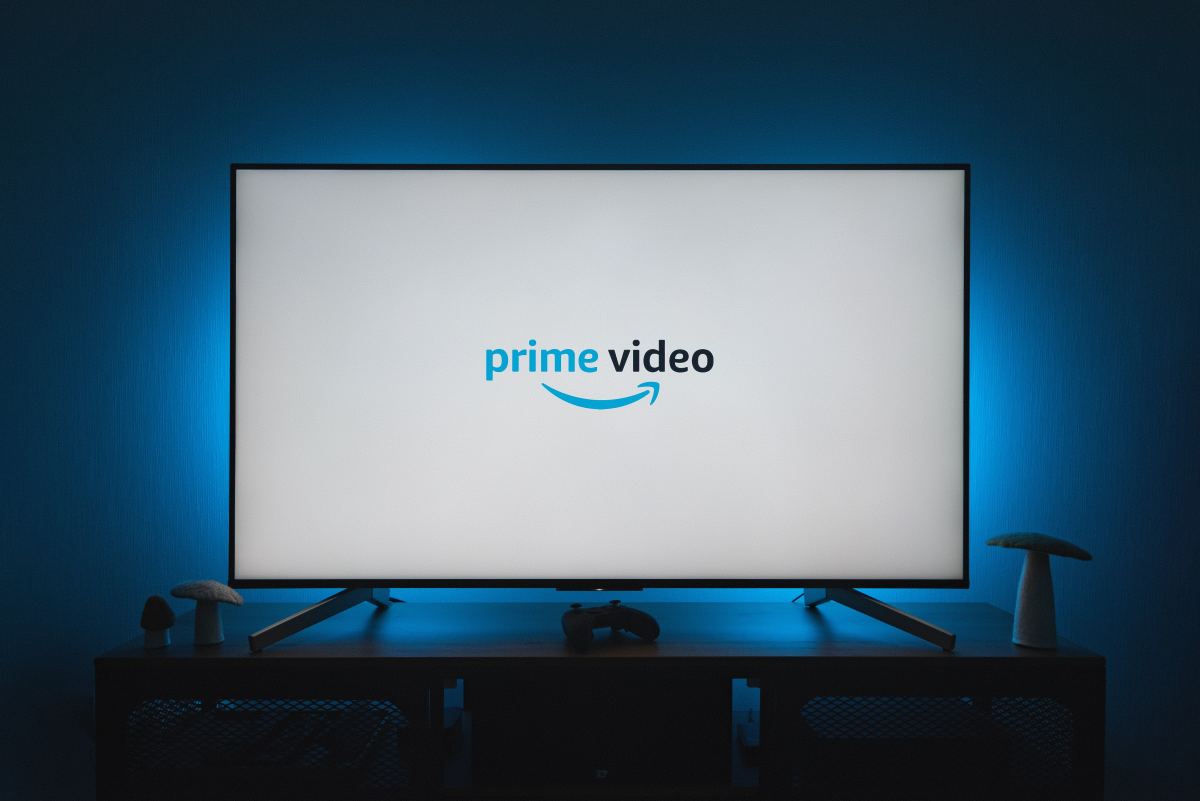7 Strategies to Training Excellence
Communication is key between the roles of the trainer and trainee.

Did you ever start a job and get thrown to the wolves? How well did you fare? If you answered anywhere from barely to horrible, than you know how the importance good training and support.
We all go to school to learn our job skill or trade or have been provided some type of training before we advance to flying solo; however, whenever we start a new job, there are still nuances to the company and the actual job position that do differ from what we have previously experienced and this is where training comes in.
With seven years of corporate marketing training experience and ten years of retail training experience and ten years as an educator, I can tell you what I have discovered through trial and error when training others, (or being the trainee) where the pitfalls lie and what can be done differently.
Below are seven strategies to consider when training someone new (you can also utilize some of these for yourself, if you find yourself in the role of trainee without a parachute). A lot of the material laid out here can also be applied to managers in their daily workday dealing with their employees.
1) Inform the trainee about company policies and procedures as soon as possible, especially those which directly relate to the trainee’s job.
2) Don’t assume everyone communicates and learns the same as you. When teaching the trainee on job tasks, do these three things to confirm they are comprehending the material: teach, do (have the trainee perform the task), and ask (ask the trainee open-ended questions to ascertain understanding and retention). This will address auditory learners, kinesthetic learners, as well as visual ones.
3) Be consistent with your training and your actions. Do not tell your trainee to do something one way and let them catch you doing it another way; this will only serve to either confuse them or to teach them your bad habits.
4) Give the trainee clear timelines in which to attain goals; make sure they are attainable. If you are succinct with your expectations the trainee will rise to meet them and possibly exceed them. Give them your expectations in writing and make sure they understand them. Make sure you leave them with clear and concise training materials they can refer back to when training is over.
5) LISTEN to the trainee, this cannot be stressed enough. Listen to their concerns and questions. If they feel like they are being heard they will be more likely to retain what they are being taught.
6) Be realistic in time, yours and the trainee’s. Block out a reasonable amount of your time to meet with your trainee and don’t wedge them in between meetings or business; they will feel rushed and will not get the full benefit of the training they need to be proficient.
7) Give constructive criticism and give positive reinforcement when the trainee demonstrates competency. Check back with the trainee for a review on their performance and intake of the previous criticism to see how they are progressing.
Communication is key in the role of the trainer and trainee. This may sound obvious, but you might be surprised how many people are put in the role of trainer and don’t understand how their poor communication is a recipe for failure. If you find yourself in the role of trainee, it is important you speak up and make sure you are heard.
After the training is over and your trainee has met the training goals, be available for questions and be supportive. Do not expect the trainee will absorb everything they were told, it takes time, have patience and be supportive.
You will know the extent of your success by the extent of the trainee’s success. The goal is for your trainee to be proficient and fly solo. If your trainee is not proficient at the end of the designated training period, it is a reflection on you. Sometimes you will have trainees who will realize during the training period they are not a great fit; or you will realize it, but if you have provided them with the best possible chance at success and then it is realized they are not a fit, you can feel confident you did your best.
What is the best way you have learned something from training?
© 2008 alstocker








